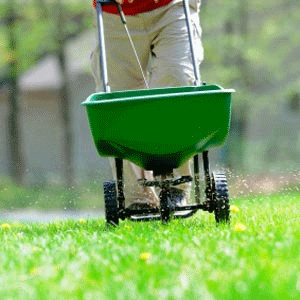ACT: Protect Beaches While You’re At Home
The most effective way to reduce beach advisories and closures is pollution prevention, which starts at home. How can you make a difference?
- Keep septic systems properly maintained,
- Dispose of trash and pet waste properly, and
- Minimize the use of fertilizers.
Maintain Your Septic System
If you have a septic system for your home, and you live in a coastal area or close to water bodies, regular maintenance of your septic system is very important to protect water resources. Septic systems at your home can contribute both bacteria and nutrient pollution to groundwater, rivers, or streams which may then end up polluting beaches.
Septic system maintenance
This includes periodic inspections and pumping as needed.
Reduce Trash
Did you know that no matter where your home or school is located, your trash could end up in the ocean?
Trash Free Waters
This is often the end result of poorly managed waste. Reduce your environmental footprint by reducing the amount of waste you create and increase the amount of waste you recycle.
Reducing wastes
Adopting small changes at home can help prevent marine debris at its source.
Use Lawn Care Products Properly

Fertilizers, pesticides, and other lawn care products can wash off lawns, onto streets, and out to beaches by waterways or stormwater drainage systems. You can prevent pollution from fertilizers and pesticides by following the recommended application rates, minimizing your use of these products, and using native grass species.
Apply fertilizers only when your lawn is growing. This will increase the amount that is absorbed by the grass and decrease the amount that washes into waterways.
Homeowners who live near a pond, lake or stream should select a phosphorus free fertilizer because too much phosphorus in the water can promote algae growth.
You should also prevent fertilizer from running off into sewers. After fertilizing, sweep any stray fertilizer on driveways, patios and sidewalks back on to your lawn where it can do its job.
Landscaping Techniques
Here are some ways to reduce the flow of water and nutrients from your lawn into local waterways and storm drains.
Adopt Green Infrastructure Practices

Green infrastructure uses vegetation, soils, and natural processes to capture stormwater and reduce the amount of runoff that enters streams, rivers, water bodies, and coastal waters.
When adopted throughout a community, green infrastructure can help reduce the amount of stormwater that enters the sewer system which can contribute to sewer overflows during heavy rainfall.
Your home is an easy place to support green infrastructure. Steps you can take include:

Keep Pollution Out of Storm Drains
Storm drains are not trash bins! Storm drains usually carry water that flows directly to rivers, streams, wetlands or the ocean, so things like motor oil, paint, yard waste, or trash should never be put down a storm drain. Used motor oils can be recycled at your local service shop or other locations. Other household materials, such as paint, are often collected at hazardous material collection events in your community.
Earth 911Exit
This website provides information on the locations where you can recycle certain materials.
